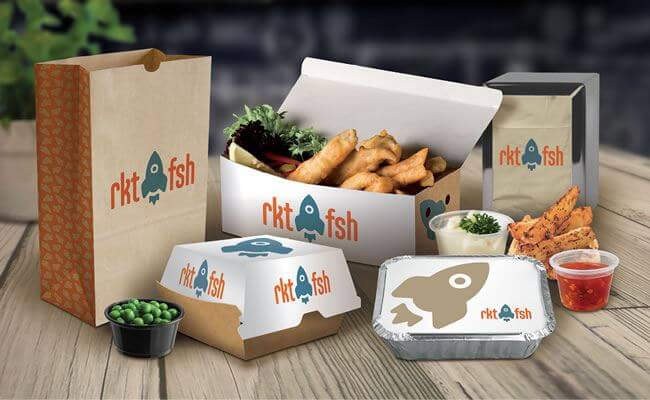The topic of packaging inks and recyclability has gained significant attention in recent years, especially among marketing professionals and businesses aiming for sustainability. As the demand for environmentally friendly products grows, understanding how packaging inks affect recyclability is crucial for any company involved in product packaging.

Introduction to Packaging Inks
Packaging inks are used to print designs, logos, and information on packaging materials. These inks are vital in making the packaging attractive and informative. However, not all packaging inks are created equal, and their composition can significantly affect the recyclability of the packaging material.
Why Recyclability Matters
Recyclability is essential for reducing waste and conserving natural resources. By ensuring that packaging materials are recyclable, companies can minimize their environmental impact and contribute to a circular economy.
The Role of Packaging Inks in Recyclability
The type of ink used in packaging can either facilitate or hinder the recycling process. Some inks contain heavy metals or other non-biodegradable substances that can contaminate the recycling stream.
Types of Packaging Inks
Water-based Inks
Water-based inks are considered more environmentally friendly as they contain fewer volatile organic compounds (VOCs) and are easier to remove during recycling.
Solvent-based Inks
Solvent-based inks are durable but often contain higher levels of VOCs, making them less eco-friendly. These inks can pose challenges in the recycling process.
UV-curable Inks
UV-curable inks are known for their quick drying times and are increasingly being designed to mitigate environmental impact, although their recyclability can vary.
Innovations in Eco-friendly Inks
Companies are investing in developing inks that are both effective for packaging and safe for the environment. For example, some brands are focusing on biodegradable and compostable inks.
Challenges in Recycling Packaging Inks
The main challenge lies in the removal of inks during the recycling process. Some inks are difficult to separate from the packaging material, leading to contamination.
Solutions to Overcome These Challenges
Advancements in recycling technologies and the development of inks that are easier to remove are helping to address these issues.
Case Studies of Successful Implementations
Several companies have successfully implemented eco-friendly inks in their packaging, demonstrating that it is possible to balance functionality and sustainability.
The Future of Packaging Inks and Recyclability
As technology advances, the future looks promising for sustainable packaging solutions. Continued research and innovation are key to developing inks that are both effective and eco-friendly.
How Marketing Professionals Can Promote Recyclability
Marketing professionals play a vital role in promoting eco-friendly practices. By highlighting the recyclability of packaging in marketing campaigns, companies can attract environmentally conscious consumers.
Educating Consumers
Marketers can help educate consumers about the importance of recyclability and how to properly recycle packaging materials.
Collaborating with Suppliers
Working closely with suppliers to source eco-friendly inks and materials can enhance a brand’s sustainability efforts.
Conclusion
Understanding the relationship between packaging inks and recyclability is crucial for businesses aiming to minimize their environmental impact. By choosing the right inks and promoting sustainable practices, companies can contribute to a healthier planet.

FAQs
Q1: What are the most eco-friendly types of packaging inks?
A1: Water-based inks are generally considered the most eco-friendly due to their low VOC content and ease of removal during recycling.
Q2: How can consumers ensure they are recycling packaging correctly?
A2: Consumers should check local recycling guidelines and ensure that any packaging is clean and free of non-recyclable components.
Q3: What role do marketing professionals play in promoting recyclability?
A3: Marketing professionals can educate consumers and collaborate with suppliers to emphasize the importance of recyclability in packaging.
For more detailed insights into ink performance on paper packaging, visit Ink Performance. To learn about migration-safe offset inks, check out Migration-Safe Inks. For information about BPA-free packaging inks, see BPA-Free Inks. For an external perspective on edible ink safety, visit Edible Ink Safety.
This article contains affiliate links. We may earn a commission at no extra cost to you.






